What Grows on Concrete? Lessons from the Urkuwayku Regenerative Farm in Ecuador
Perched atop a breezy hillside in the Ecuadorian Andes, a 5-hectare farm shows what the future of food can look like.
At first glance, Urkuwayku (‘Windy Mountain’ in Kichwa) looks wild—in the best way. Trees stretch skyward. Flowers bloom in chaotic harmony. Fruits, herbs, grains, and vegetables spring from the ground at every turn. Birds chirp. Insects buzz. Life hums in every corner.
This is no accident. Urkuwayku is a living, breathing system—auto-regenerating, as its founder Stephen Sherwood describes it. Here, nature is not controlled, but carefully studied and collaborated with. Steve designs with intention, drawing on both science and tradition, working with natural processes rather than against them. Instead of draining energy from the land, agriculture feeds it. Every element—from compost to flowers and trees—contributes to a system that continually renews itself.
And perhaps most remarkable of all, this abundant ecosystem grew from sterile, cement-like rock.
A farm on cement
When Steve and his Ecuadorian wife Myriam first bought this hillside over 20 years ago, it was covered in cangahua—a dense, volcanic layer that looks and feels like cement. Hard, compacted, and low in nutrients, cangahua makes farming nearly impossible. Roots can’t break through, and water doesn’t absorb. The earth was, for all practical purposes, dead.
But Steve, a soil health expert, knew that life still pulsed beneath the surface. Cangahua may be a barrier, but below it lies soil that can breathe again with care, time, and the right practices. So he and Myriam began restoring the land from within.
They harvested rainwater, planted grasses to feed animals, and used manure from guinea pigs to start restoring the soil. From there, they added homemade bio-fertilizers, began reforesting with nitrogen-fixing trees, and committed to long-term soil conservation.
Two decades later, Urkuwayku now produces over 50 food products—from quinoa and honey to potatoes, corn, and fruit—and has become a reference point for regenerative agriculture in the region, helping other communities also affected by cangahua apply Steve’s learnings to their own chakras.
See the transformation in these before and after pictures below (images via Facebook):
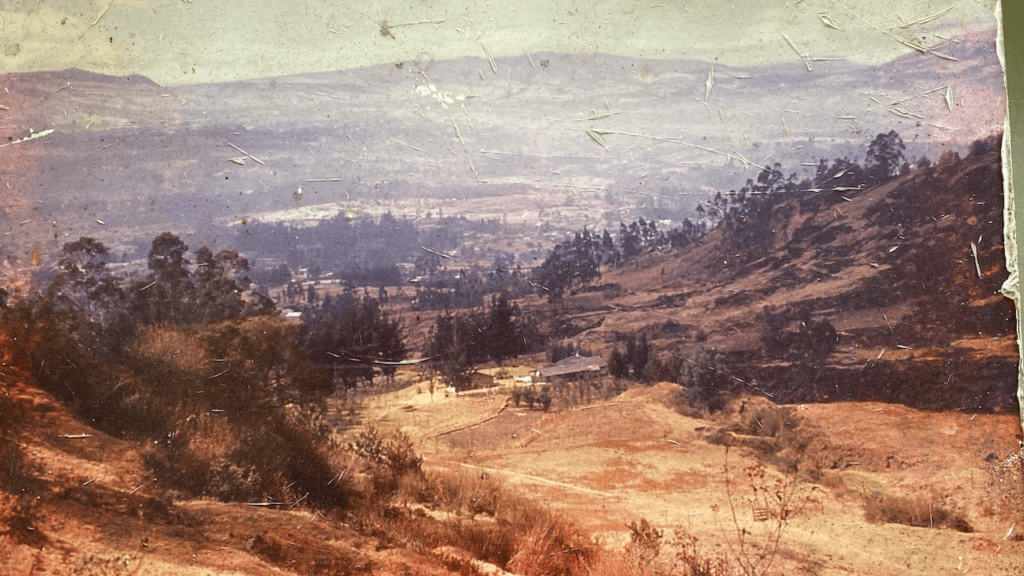
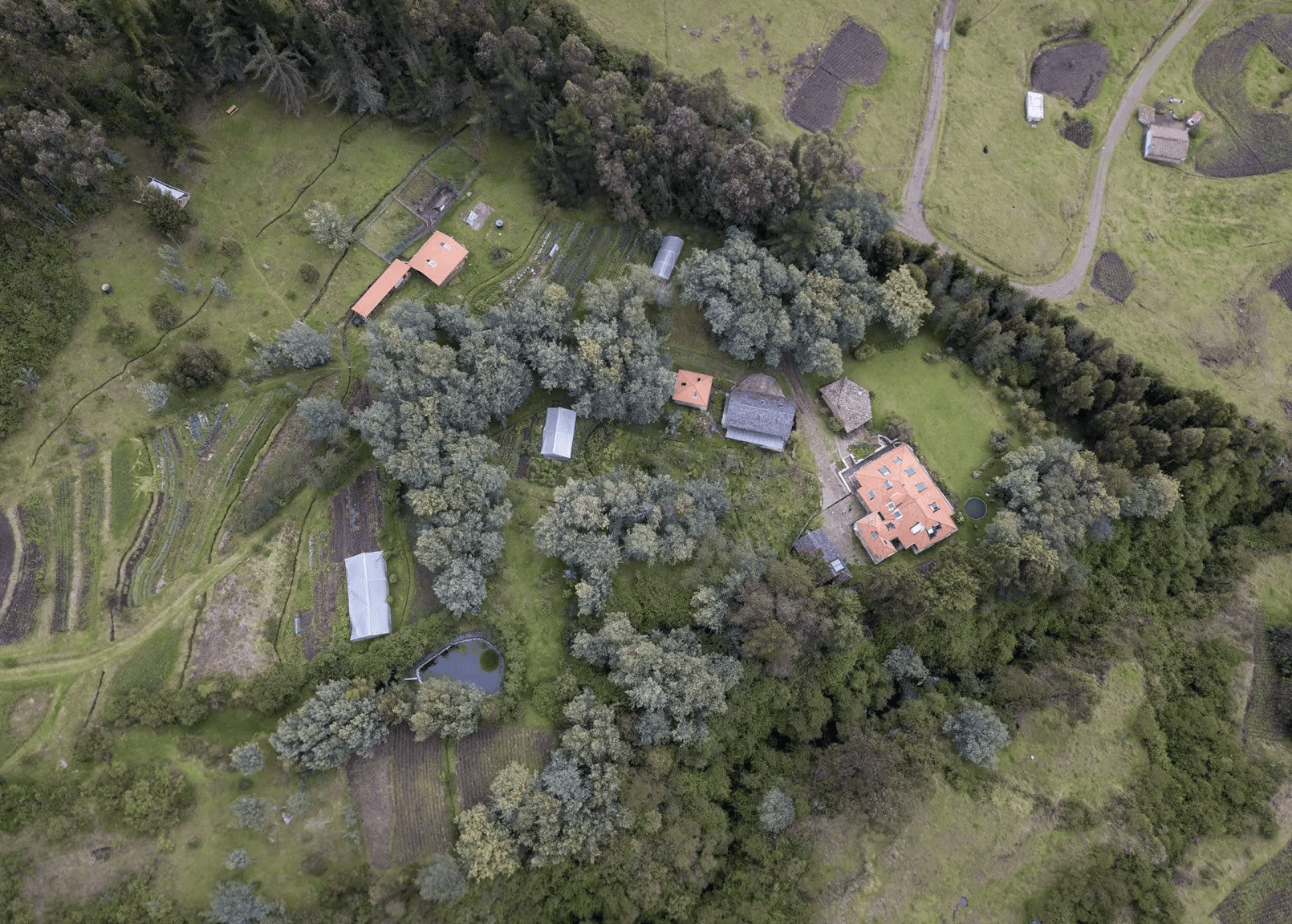
Elements of an Agroecological Farm: The Urkuwayku Ecosystem
What sets Urkuwayku apart isn’t just the number of species growing; it’s how they interact. Every corner of the farm is intentional, drawing from agroecological science and ancestral Andean practices like the chakra andina.
Steve explains that each part of the farm system supports one another. Here are some of the key principles that make it work:
Soil as the starting point: compost, fungi, and biofertilizers
Fertility starts with what’s underfoot. The farm’s compost is warm, slightly moist, and swarming with life. Steve regularly checks its temperature to ensure an ideal environment for the growth of fungi. Combined with bio-fertilizers (made from diverse mixtures such as cow urine, eggshells, and vinegar), fungi, humus, and microorganisms all work together to regenerate soil without chemical dependency.


Flowers with purpose
Beyond bringing a refreshing splash of color to every corner of Steve’s farm, each species plays a role in the ecosystem. Some fix nitrogen, others attract pollinators like Cosmos and Lilies of the Incas, and others deliver minerals to the soil. Together, they reduce pests naturally, build soil resilience, and support overall ecosystem health.
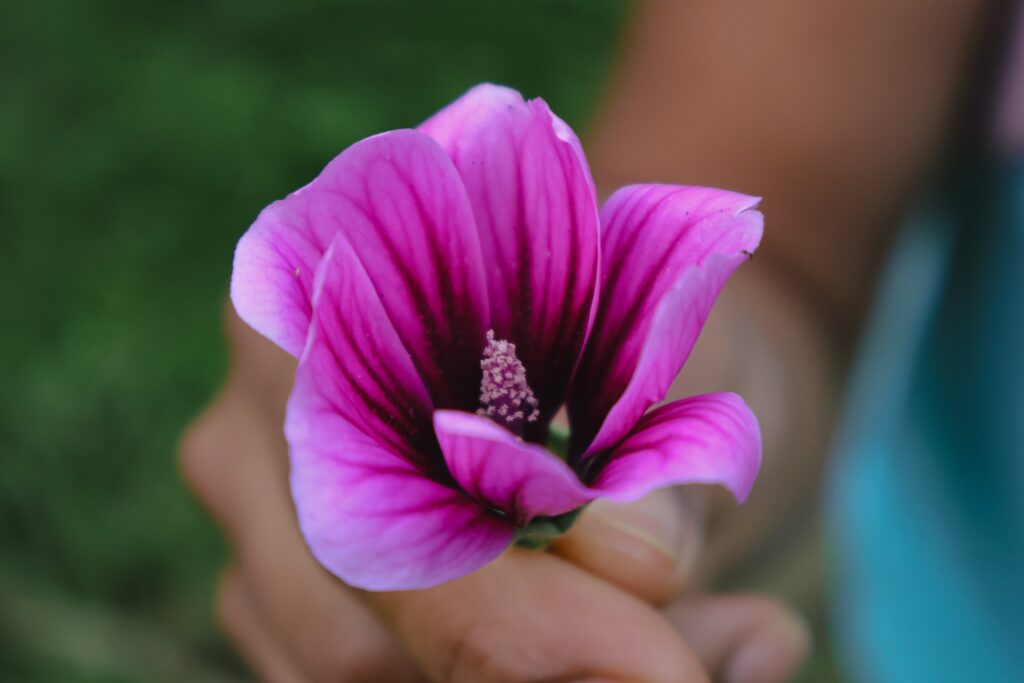
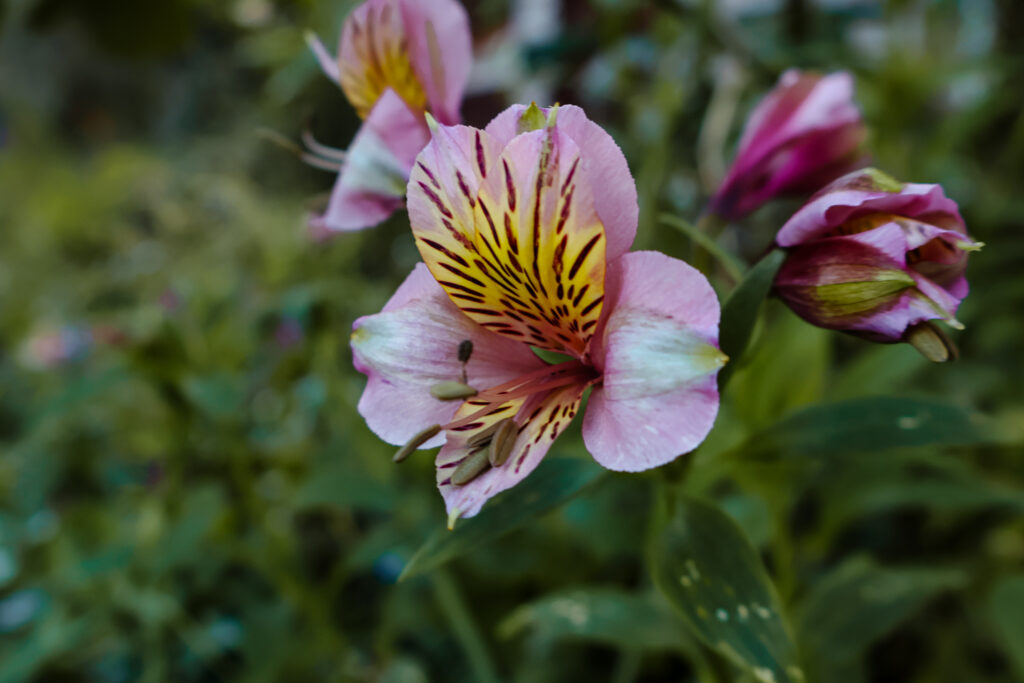

Intercropping and complementarity
Urkuwayku is a patchwork of plant families. Each crop supports the next: some repel insects while others provide shade. This balance reduces vulnerability to pests and climate stress and makes the most of limited space while minimizing the need for chemical fertilizers.
Layering the landscape
Layering in regenerative agriculture refers to mimicking natural ecosystems to support plant health. In Urkuwayku, tall trees offer shade and wind protection. Beneath them, fruit trees, flowering shrubs, and ground crops strengthen the soil. This system reduces erosion, conserves moisture, and creates microclimates that help the whole system thrive.
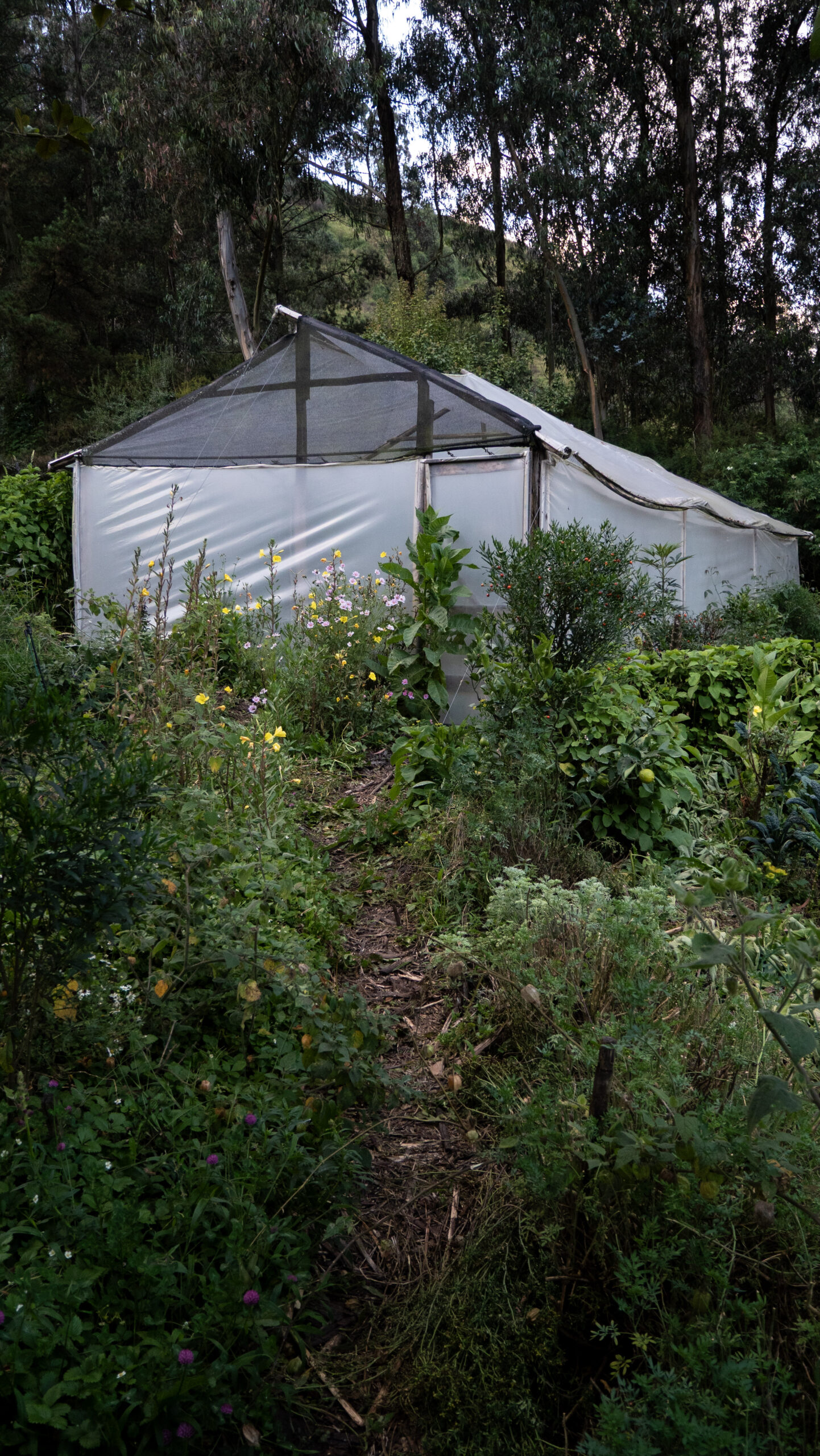

Livestock as co-workers
Animals provide both food and key elements to support the ecosystem. For example, chickens fertilize the soil with their droppings and guinea pigs help with weeding and contribute to compost – and lunch!
A collective effort
Urkuwayku is also a space of co-creation with other local farmers. One of them is Yolanda, who brings her deep knowledge of flowers to the farm’s design.
“Where Yolanda touches, it flourishes.”
Stephen Sherwood
The Urkuwayku team has also contributed to numerous scientific soil studies with diverse global and regional allies and networks such as EkoRural, sharing clear evidence that agroecology works. Students and farmers come to learn about soil health at Steve’s farm.
This collaborative, experimental spirit is core to regenerative agriculture and the agroecology movement. It’s not a fixed recipe, but a process of observing, adapting, and learning alongside the land and each other.
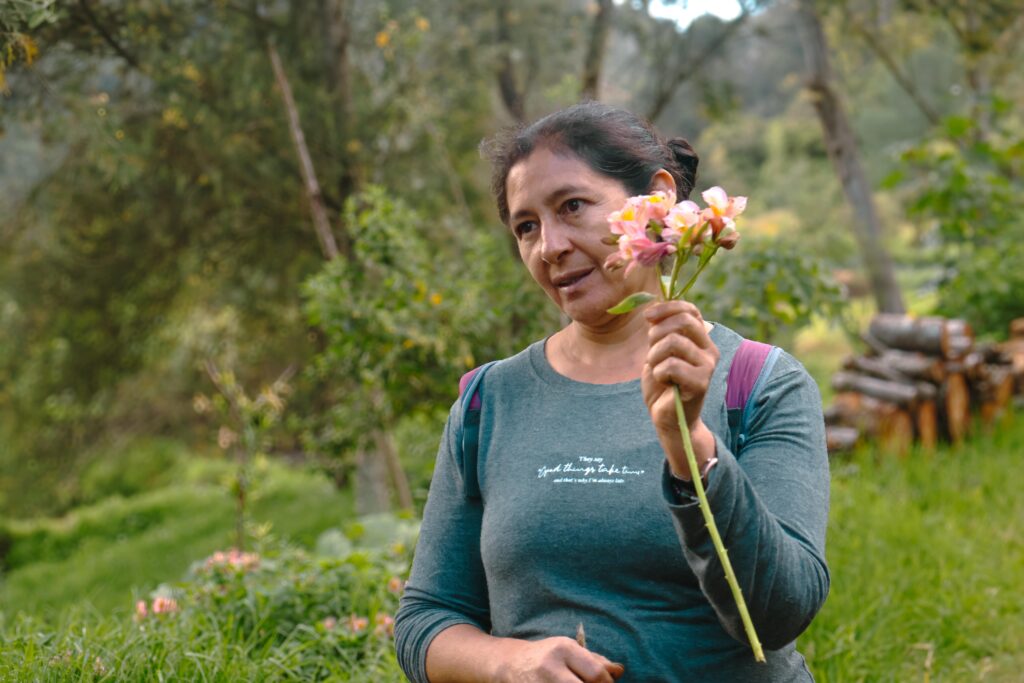
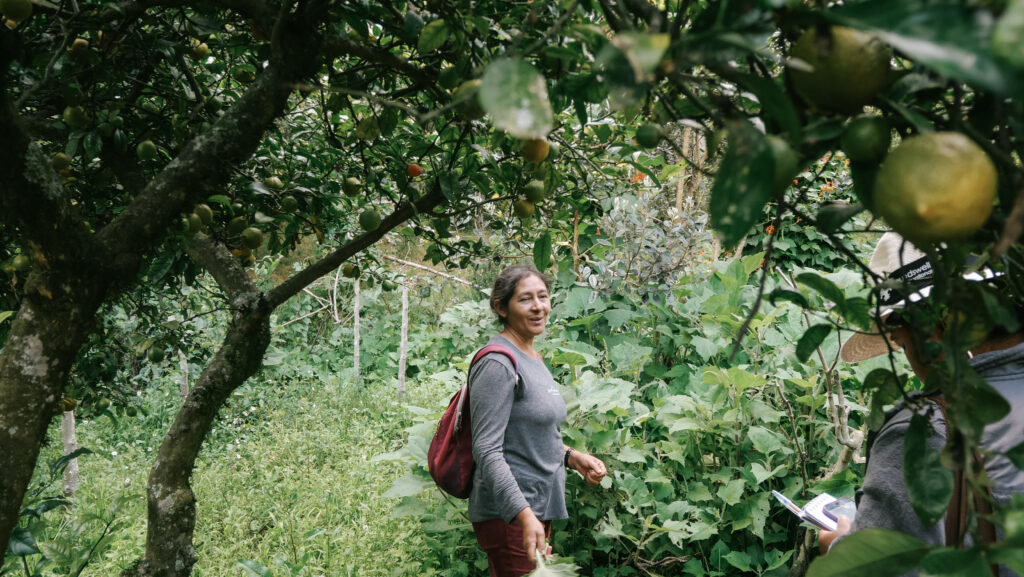
Knowledge and Creativity vs. Machines and Chemicals
In a time when industrial agriculture still dominates, Steve and María’s hillside reminds us that by working with nature instead of against it, we can create regenerative food systems that provide healthy, nourishing food year-round – even on sterile soil. That resilience comes from creativity, knowledge, collaboration, and time.
Learn more about Steve Sherwood:
If you’d like more stories of agroecology in action from our partners like EkoRural in Ecuador, subscribe to our newsletter.

